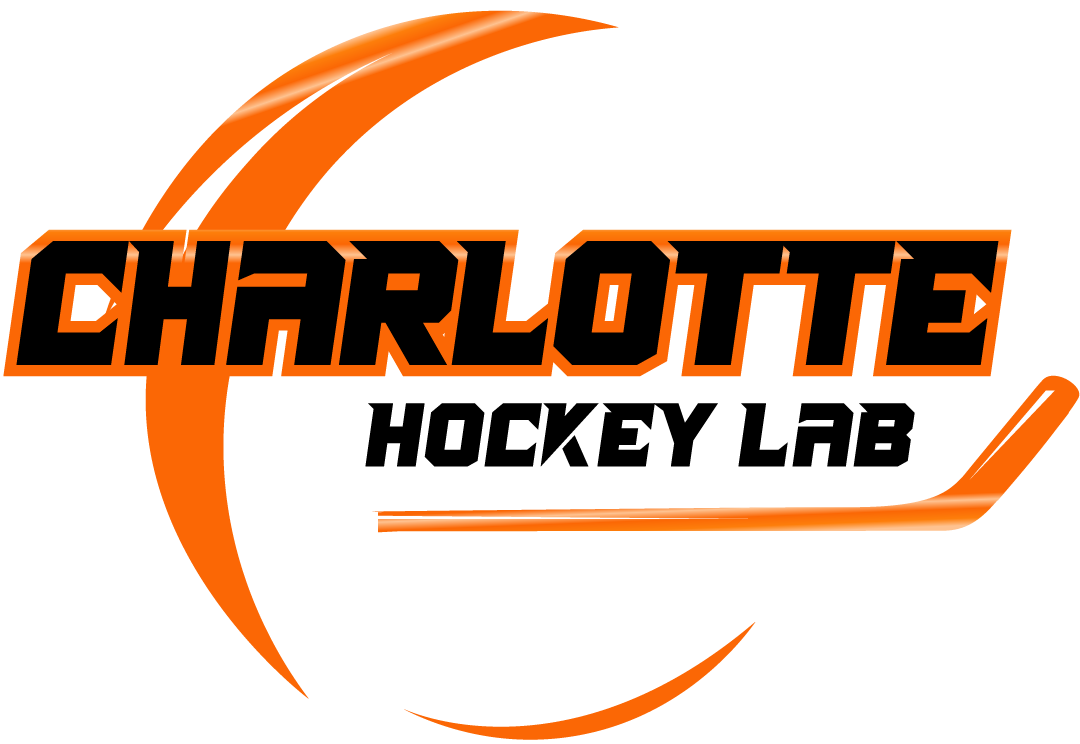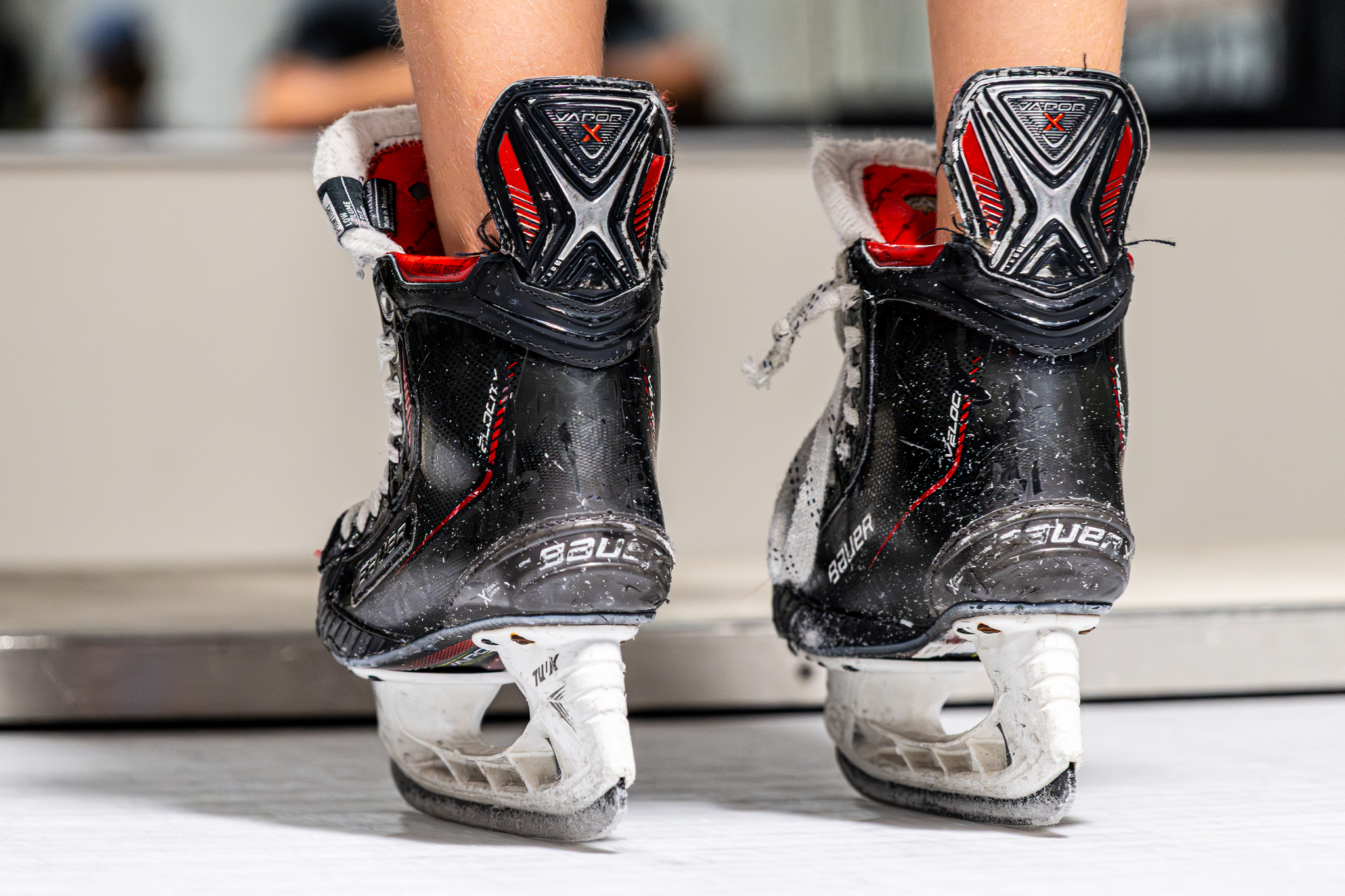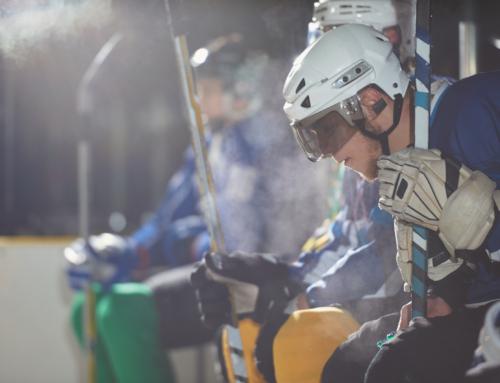Charlotte Hockey Lab Presents: Your Ultimate Hockey Skate Sharpening Guide
Introduction to Your Ultimate Hockey Skate Sharpening Guide
For any hockey player, from recreational enthusiasts to aspiring pros, the condition of your skates is paramount to your on-ice performance and safety. A properly maintained edge can dramatically impact your speed, agility, and control, while dull or damaged blades can lead to frustration and even injury. This comprehensive Hockey Skate Sharpening Guide from Charlotte Hockey Lab is designed to demystify the sharpening process, ensuring you gain the ultimate edge every time you hit the ice. We’ll explore everything from blade anatomy and hollow selection to sharpening frequency and advanced profiling techniques, helping you maximize your potential and truly elevate your game.
Understanding the Anatomy of a Hockey Skate Blade
Before diving into sharpening, it’s essential to understand the fundamental components of your hockey skate blade, often referred to as the “runner” or “steel.” Unlike a knife with a single edge, a hockey skate blade features an inverted U-shape, creating two distinct edges—an inside and an outside edge—separated by a concave groove known as the “hollow.” This hollow is critical; it’s the element that interacts directly with the ice, providing the necessary grip for movement. The “toe box” protects your toes, and the “midfoot” secures your foot, while the “heel” locks the back of your foot in place. The blade itself is housed within the “holder,” which attaches to the boot. Understanding these parts, as highlighted by Source for Hockey in their guide on the anatomy of a hockey skate, is the first step toward appreciating the nuances of skate sharpening.
Glide vs. Bite: Choosing Your Ideal Hollow
The “radius of hollow” (RoH) is arguably the most crucial decision you’ll make when sharpening your skates. This measurement defines the depth of the concave groove in your blade and directly influences the balance between “glide” (how smoothly you move across the ice) and “bite” (how much your edges dig in for turns and stops).* Deeper Hollows (e.g., 3/8″, 7/16″): Offer more “bite,” providing superior grip for aggressive turns, quick stops, and explosive acceleration. They are often favored by lighter players or those who prioritize agility. However, they create more friction, potentially leading to increased fatigue.* Shallower Hollows (e.g., 5/8″, 3/4″, 1″): Provide more “glide,” allowing for faster top-end speed and less energy expenditure. These are typically preferred by heavier skaters, advanced players, or those who value fluid, long strides. The trade-off is reduced grip, demanding better edge control.As Wissota Skate Sharpeners explain, the radius of the grinding wheel transfers directly to the skate blade, shaping its hollow. Factors influencing your ideal hollow include your body weight (heavier skaters generally benefit from shallower hollows), skating style (agility vs. speed), skill level (beginners often start with deeper hollows for stability, progressing to shallower as control improves), and even ice temperature (colder, harder ice may warrant a slightly deeper hollow for grip). Ice Warehouse also notes that new hockey skates usually come unsharpened and require an initial cross-grinding before the first hollow is applied. Ultimately, as an in-depth guide to skate sharpening from Aycane suggests, there’s no single “right” or “wrong” radius; it comes down to what feels most comfortable and effective for your individual game. For a detailed breakdown of different hollows and their effects, consult this comprehensive guide to choosing the right hockey skate hollow.
The Critical Role of Sharp Blades for Peak Performance
Regardless of your chosen hollow, maintaining sharp blades is non-negotiable for peak performance. A well-sharpened skate blade ensures consistent contact with the ice, allowing for:
- Quicker acceleration and improved agility
- Enhanced stopping capability and better balance
- Maximum blade glide and reduced muscle fatigue
- Consistent skating strides and high-end performance in varying ice conditions
As Bauer highlights in their complete hockey skate sharpening guide, small nicks and defects on your blade’s edges, which inevitably occur with use, significantly impair performance. A fresh sharpening grinds these imperfections away, restoring the crucial two-edge system.
When and How Often to Sharpen Your Hockey Skates
Determining the optimal sharpening frequency is crucial. While personal preference plays a role, a general guideline is to sharpen your skates every 6-8 hours of ice time. For players on the ice three or more times a week, sharpening twice a month is recommended to maintain consistent edge performance, as stated by Ice Warehouse. However, skating on synthetic ice can wear down blades faster, necessitating more frequent sharpening, as mentioned by PolyGlide Synthetic Ice.You can often tell your skates need sharpening by:
- Feeling for nicks: Gently run your finger along the blade’s edge; any small nicks or dull spots indicate it’s time for a sharpen.
- Slipping during maneuvers: Difficulty with turns, stops, or acceleration can be a clear sign of dull blades.
- The paper test: A truly sharp blade should easily slice through a piece of paper held against it.
For youth players, Youth Hockey Nation suggests beginning with a 1/2-inch hollow and emphasizes that communication between players, coaches, and parents about skate feel is key to maintaining an optimal sharpening schedule. Some players prefer sharpening before their last practice to allow for a slight “break-in” feel before games, while others prefer freshly sharpened blades on game day for maximum confidence.
Manual vs. Automated Sharpening: The Charlotte Hockey Lab Advantage
The world of skate sharpening offers two primary methods: traditional manual sharpening and advanced automated systems.* Manual Sharpening: Historically, skates were sharpened manually by skilled technicians using a spinning stone. While this method allows for customization, its precision is highly dependent on the operator’s experience and consistency. Manual sharpening can sometimes lead to uneven edges or subtle alterations to your blade’s profile over time.* Automated Sharpening: Modern automated machines, such as those from Sparx and Bauer’s PROSHARP system, have revolutionized skate sharpening. These machines use precision engineering to deliver consistent, accurate, and repeatable results with minimal human error. As GoalieCoaches.com highlights, automated sharpeners are user-friendly and can provide a pro-level edge every time. The PROSHARP BAUER ADVANTEDGE home skate sharpening machine, for instance, offers consistent and accurate sharpening at the push of a button. At Charlotte Hockey Lab, we leverage cutting-edge automated technology to ensure every skate receives a flawless, consistent edge, optimizing your performance and preserving your blade’s integrity. This consistent pressure from heel to toe eliminates potential human error and maintains your blade’s natural profile.
Maintaining Your Edge: Tips for Skate Blade Care
Proper skate care extends the life of your blades and maintains your sharpening between sessions.
- Dry Blades Immediately: After every skate, wipe your blades thoroughly with a dry cloth to prevent rust, which can quickly degrade your edges.
- Use Blade Guards: Always use hard blade guards when walking off the ice to protect your edges from nicks and damage on hard surfaces. Soft blade covers are excellent for wicking away moisture during storage.
- Avoid Dropping Skates: Even a small drop can create a burr or nick that compromises your edge.
- Honing Stones: Many players use a honing stone to remove small burrs and realign edges between professional sharpenings. This is particularly useful for those who prefer sharper hollows.
Consistent care is just as important as consistent sharpening in keeping your skates game-ready.
Beyond Sharpening: Elevating Your Game at Charlotte Hockey Lab
While sharpening focuses on creating the ideal edges and hollow, skate “profiling” takes blade optimization a step further. Profiling involves shaping your skate blade from heel-to-toe, rather than just the hollow, to enhance specific aspects of your skating. As described in Bauer’s complete skate profiling guide, a properly profiled blade improves your body alignment and maximizes the effectiveness of different zones of your blade:
- Acceleration Zone: Under the toes, optimized for quick momentum.
- Transition Zone: Under the ball of the foot, crucial for pivoting and agile movements.
- Speed Zone: The largest section from arch to heel, for maximizing top speed and powerful strides.
- Stability Zone: Under the heel, enhancing overall balance.
Various profiles, such as Quad, Zuperior, and Ellipse (as detailed by Elite Performance Tech), are designed to cater to different skating styles, whether you seek long powerful strides or quick, nimble movements. Just like with sharpening, there is no single “best” profile; it’s a personal preference based on your game. At Charlotte Hockey Lab, our expertise extends beyond standard sharpening. We can help you understand the benefits of skate profiling and how this advanced technique can further customize your skates to your unique playing style, providing unparalleled performance on the ice.
Have more questions or want to get in touch? Visit our Contact Us page. We look forward to hearing from you.

We use only the finest ingredients to produce stellar tastes.












